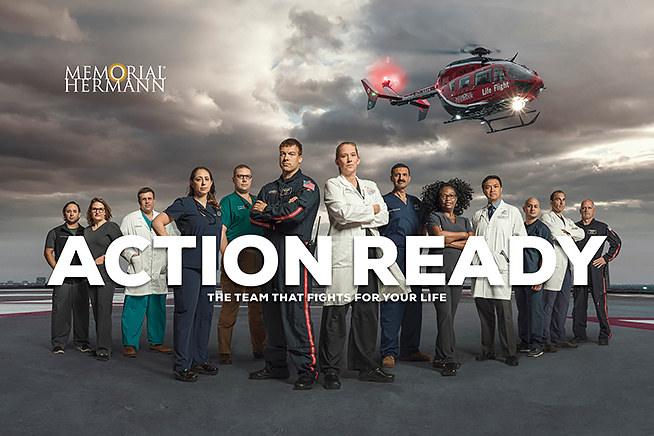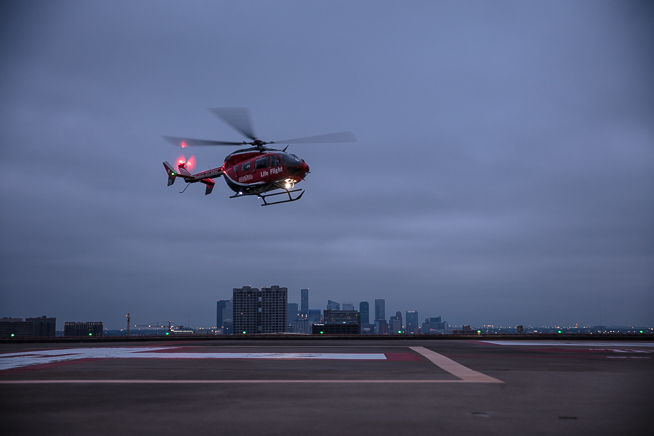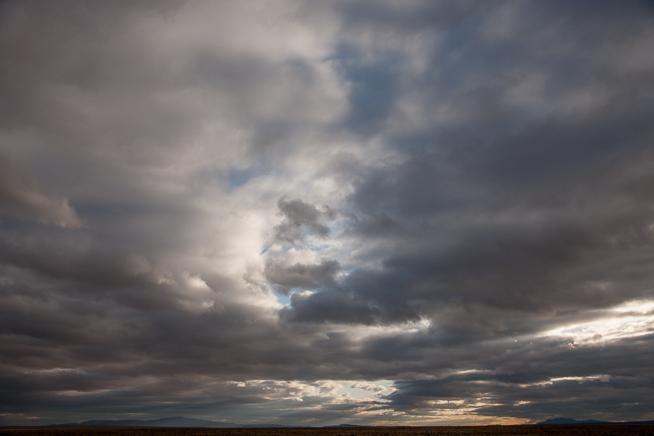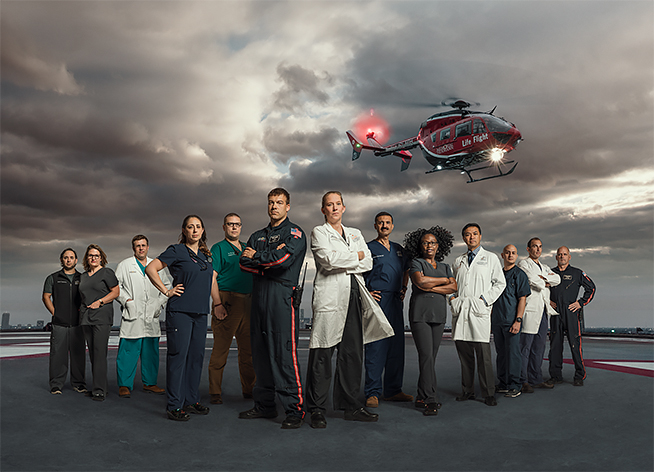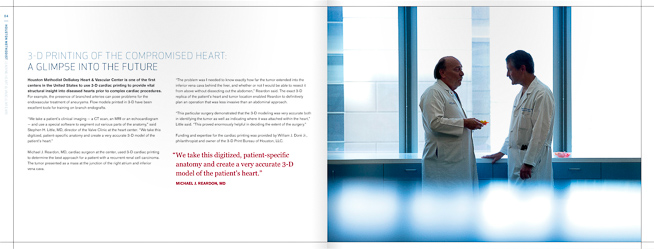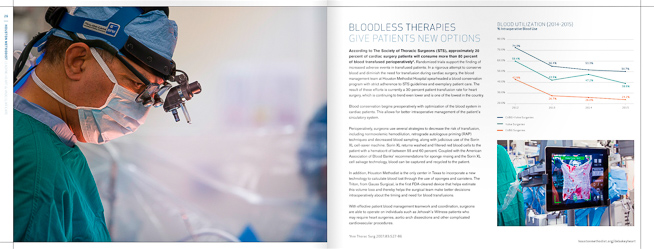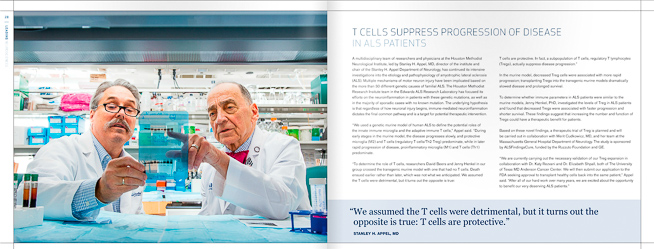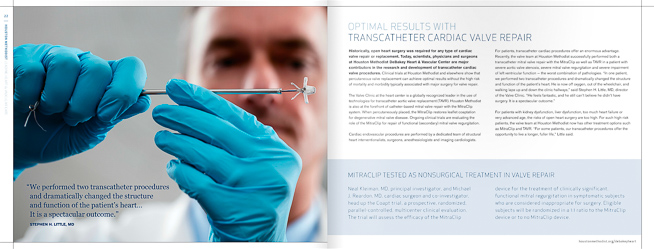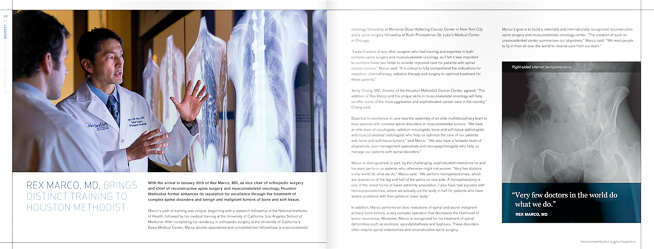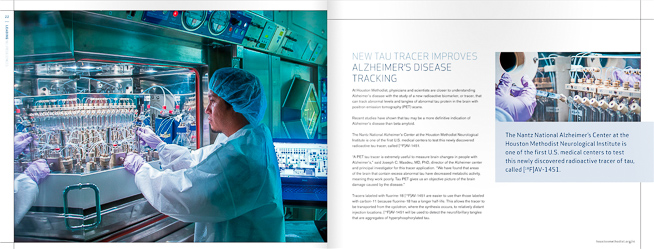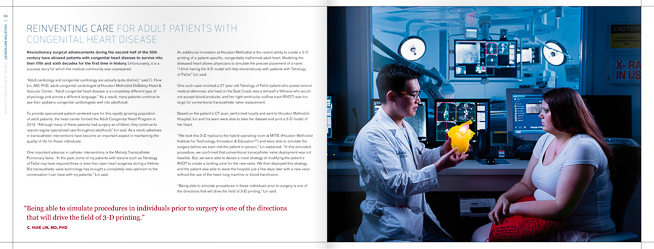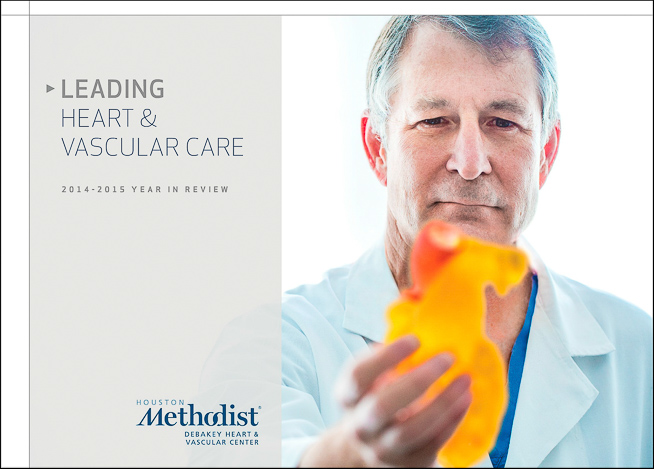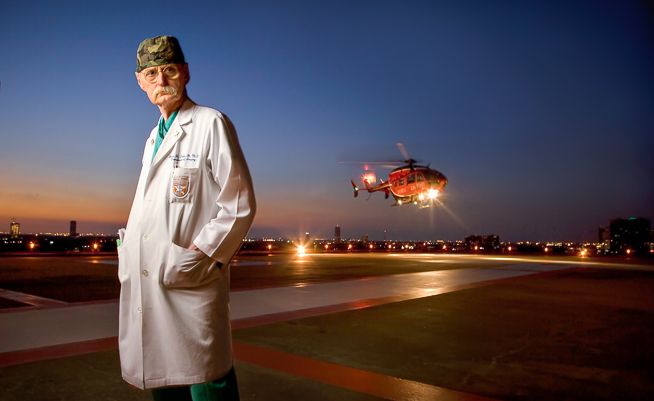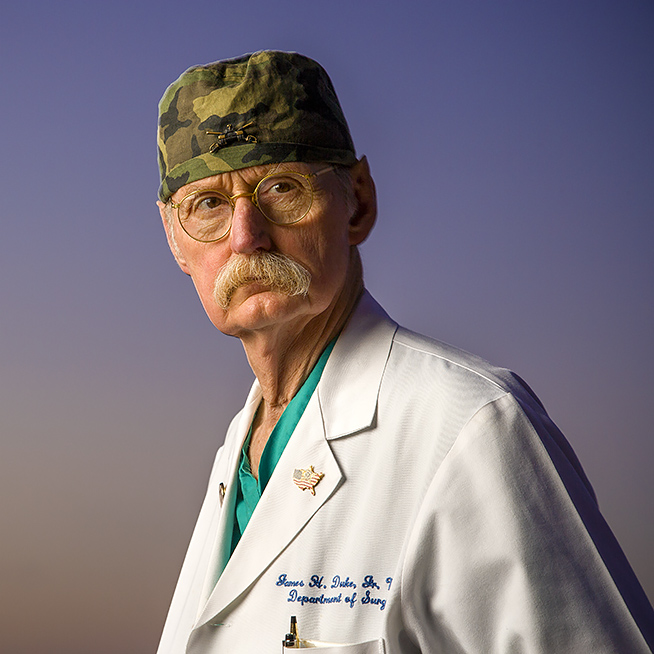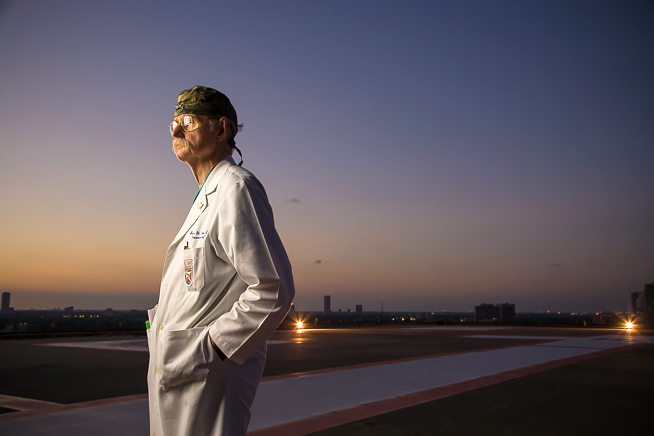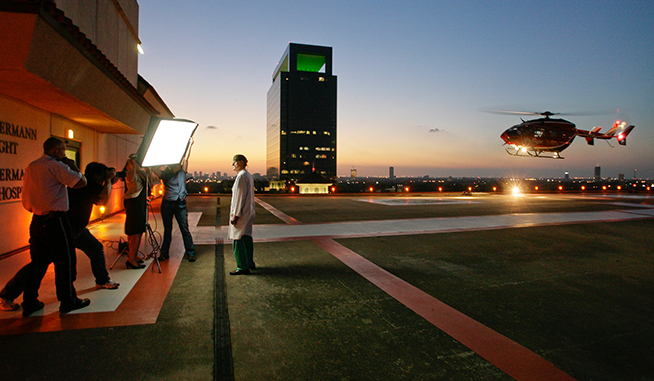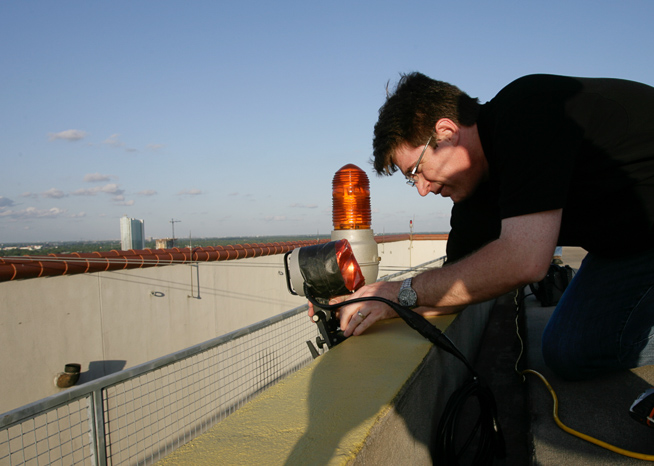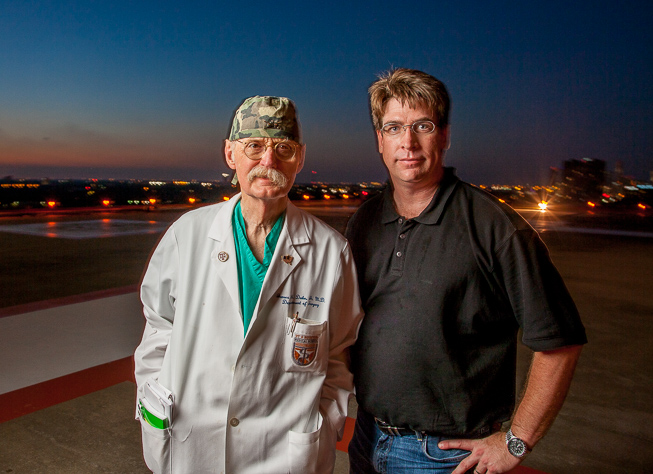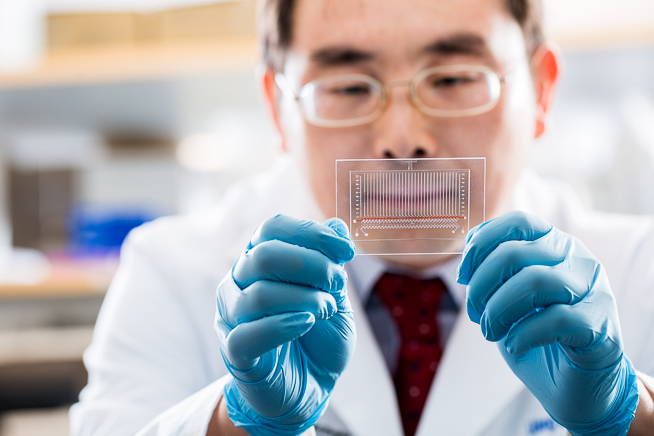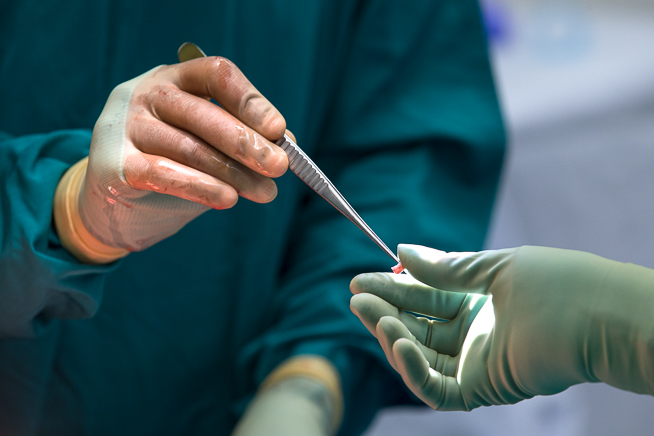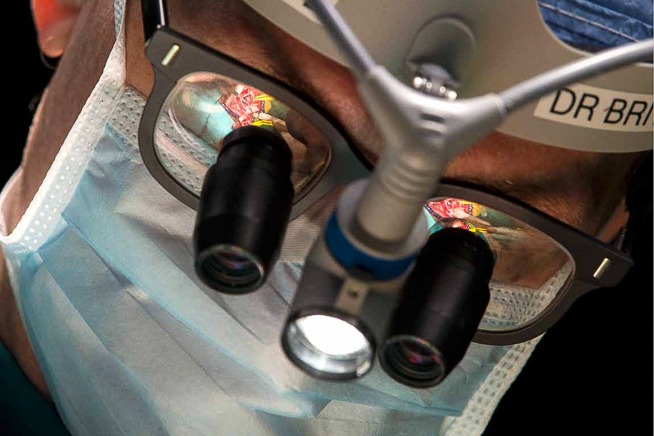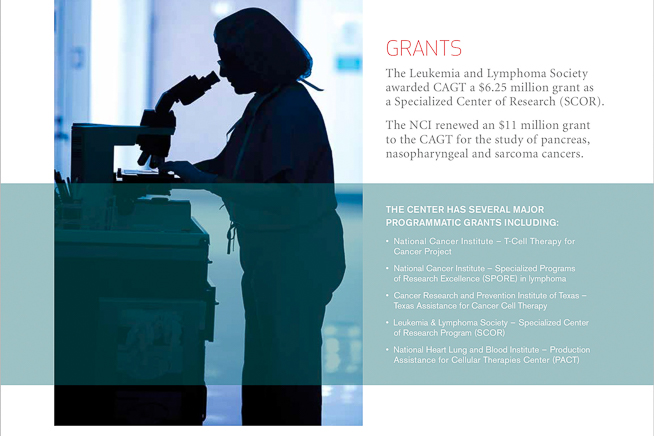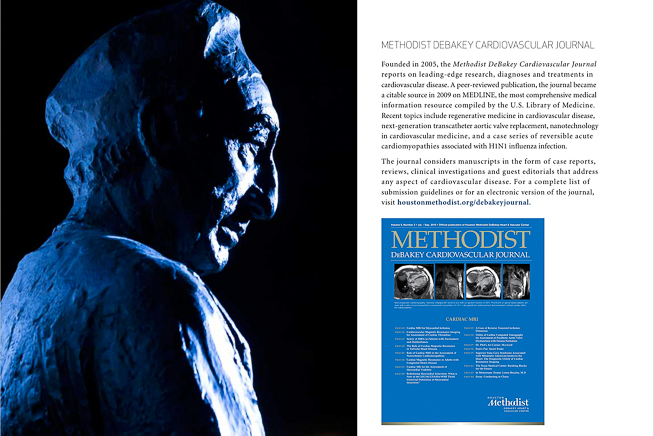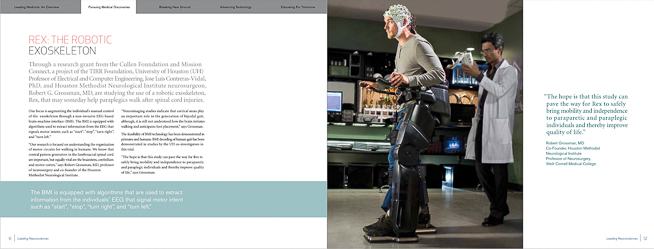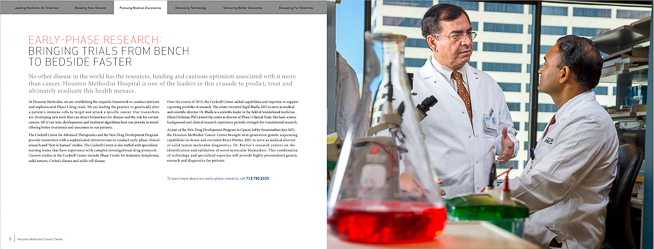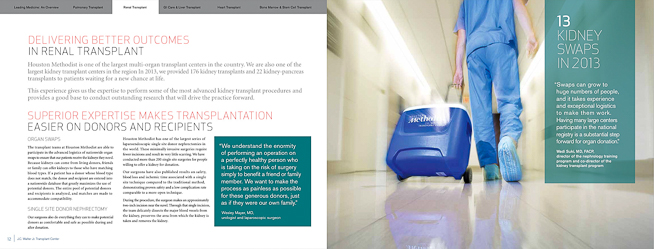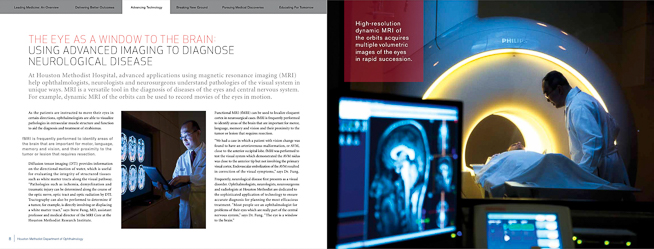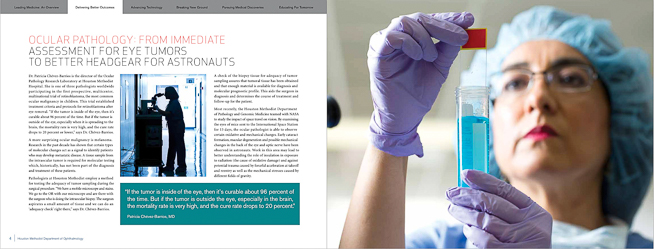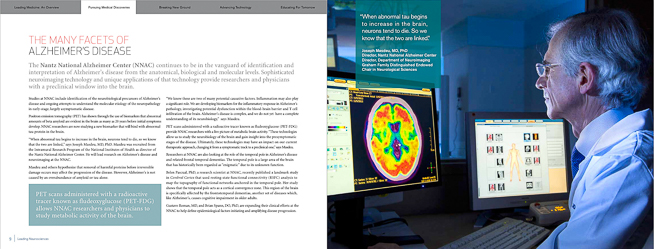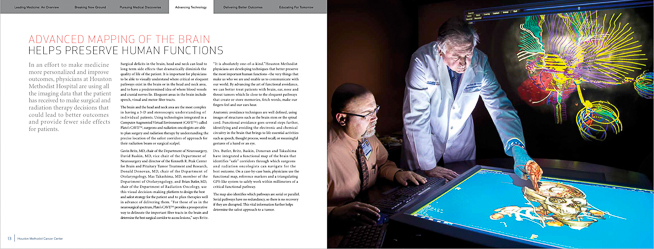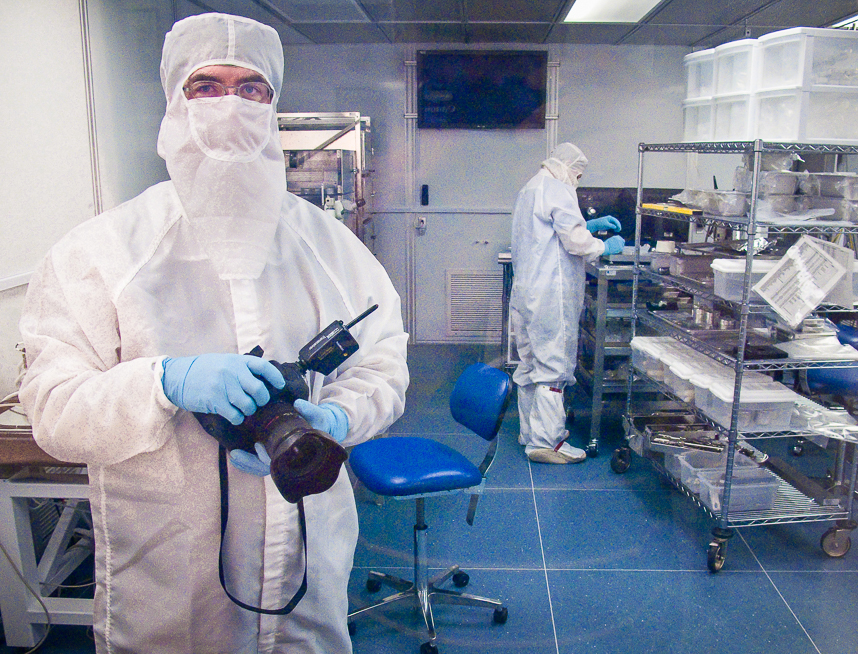
COVID 19 has brought unprecedented challenges to many areas of the economy in the past few months. As we emerge from lockdown situations, businesses will continue to have a need for fresh commercial photography, whether it is for new marketing efforts, making portraits of new faces as leadership and staff undergo changes, documenting new facilities and infrastructure projects, or communicating with stakeholders about your company’s efforts to keep workers safe and healthy during this ongoing crisis.
After years of working with some of the world’s biggest brands in the industrial, oil and gas, and healthcare segments, working safely is part of our DNA. Careful preparation and proper wearing and use of PPE (Personal Protective Equipment) is something we’ve always done. However with this new challenge, and with the guidance of the CDC, and OSHA, we are modifying our practices in some ways to still get the job done while keeping our photographic subjects, clients, and crew members safe.
Some of these new practices:
-Using minimal crew.
-No carpooling. Crew members and clients will arrive to the shoot location in their own vehicles.
-Social distancing, both between crew members and clients/subjects.
-Minimizing the number of people on set.
-Scouting/preparing lighting ahead of time to minimize subject time on the set.
-New remote digital tech solutions for client review from a distance.
-employing the use of digital composites when photographing groups.
-Wearing masks, and when appropriate, gloves/safety glasses, and other PPE as well.
-Frequent cleaning of equipment and hands with disinfecting/sanitizing wipes.
-Delineation of duties between crew members so that specific equipment is only handled by one person.
-If using a makeup artist on set, setting forth procedures for sanitizing equipment or using new supplies and application tools.
-Minimizing air travel, utilizing “road trips” over longer distances when required.
-Beginning each job with a JSA (Job Safety Analysis) meeting or Toolbox Talk to plan the shoot and discuss all safety hazards, as well as specific COVID 19 mitigation procedures.
Many of the things we do, like shooting outside in an industrial plant, will be largely unchanged, except perhaps for the wearing of masks. In other cases, particularly in more populated interior shoots, we will have to find ways to be creative. In most cases, most shoots can be completed in a touch-less way, with proper social distancing and minimal time on set for all involved.
As we adjust to this “new normal”, most corporations and ad agencies will still need great imagery and video footage to communicate with their customers and shareholders. New advertising will need to be created. Annual Reports will still need to be produced. Websites will need to be redesigned and updated. Companies will be selling new products and services. Executives and boards will change and new portraits will need to be made. When it’s time to communicate, don’t hesitate to call on us to provide your visual needs in a safe and professional manner.
Be Well. Stay safe and healthy out there.

